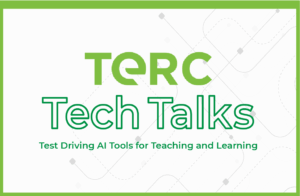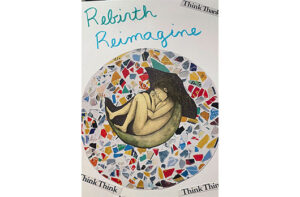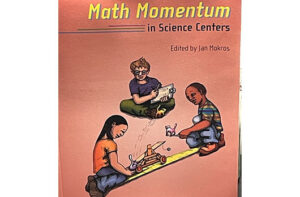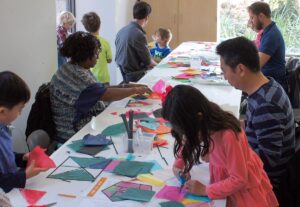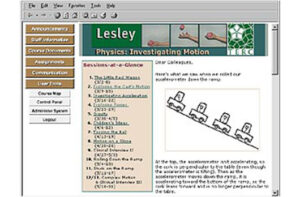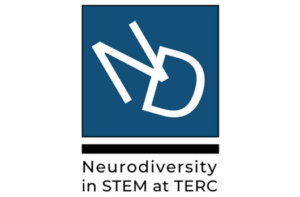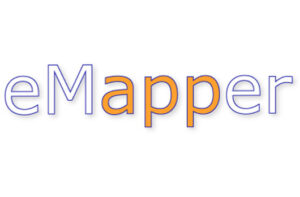ESSIL: Extracting Salient Scenarios from Interaction Logs
Lead Staff:
Andee RubinSummaryToday’s challenges of climate change, managing global economies, city planning, and disease outbreaks are all examples of “complex systems.” Trends in weather, stock bubbles, traffic jams, and disease transmission are the occurrences from these challenges that result from many small causes combined.
Extracting Salient Scenarios from Interaction Logs helped students understand the principles of complex systems by developing a new type of education technology to support their learning and participation in the multi-person immersive simulation. Because different principles surface depending on how each simulation unfolds, it can be difficult for teachers to adjust their lesson plans on the fly to highlight the principles that emerge.
To address this challenge, ESSIL developed methods to create “automatic salient recaps,” to help learners and their teachers make better sense of simulations. The recaps automatically generated a story of “what happened” to help students remember their experience. Teachers and other facilitators used these recaps and a discussion guide, to support productive learning conversations about the scientific principles incorporated in a simulation.
Research ActivityConnected Worlds is the project’s immersive simulation context. Connected Worlds is an embodied, multi-person ecology simulation at NYSCI, with pedagogical goals around sustainability and systems thinking. Using logs from groups of students interacting with Connected Worlds, ESSIL constructed selective personal recaps of their experience and had explanatory coherence (to enable their discussion of important interconnections in the simulation’s underlying model). Artificial Intelligence-based methods were developed to
- identify salient changes in the state of the simulation during student interaction
- construct qualitative models of causal chains that could have led to these changes
These qualitative models were used to generate salient recaps and discussion guides, which were provided to teachers whose classes were visiting NYSCI. The effectiveness of the innovation were investigated by comparing visiting students’ conversations with and without ESSIL-generated discussion supports and by interrogating their resulting models of the Connected Worlds system through concept maps.
ImpactThe recaps were developed for a large-scale immersive simulation installed at the New York Hall of Science (NYSCI), to improve thousands of daily visitors’ educational experience. The capabilities developed have had widespread applicability because logs of student interactions were routinely produced by many educational systems.
Videos
Today’s challenges of climate change, managing global economies, city planning, and disease outbreaks are all examples of “complex systems.” Trends in weather, stock bubbles, traffic jams, and disease transmission are the occurrences from these challenges that result from many small causes combined.
Extracting Salient Scenarios from Interaction Logs helped students understand the principles of complex systems by developing a new type of education technology to support their learning and participation in the multi-person immersive simulation. Because different principles surface depending on how each simulation unfolds, it can be difficult for teachers to adjust their lesson plans on the fly to highlight the principles that emerge.
To address this challenge, ESSIL developed methods to create “automatic salient recaps,” to help learners and their teachers make better sense of simulations. The recaps automatically generated a story of “what happened” to help students remember their experience. Teachers and other facilitators used these recaps and a discussion guide, to support productive learning conversations about the scientific principles incorporated in a simulation.
Connected Worlds is the project’s immersive simulation context. Connected Worlds is an embodied, multi-person ecology simulation at NYSCI, with pedagogical goals around sustainability and systems thinking. Using logs from groups of students interacting with Connected Worlds, ESSIL constructed selective personal recaps of their experience and had explanatory coherence (to enable their discussion of important interconnections in the simulation’s underlying model). Artificial Intelligence-based methods were developed to
- identify salient changes in the state of the simulation during student interaction
- construct qualitative models of causal chains that could have led to these changes
These qualitative models were used to generate salient recaps and discussion guides, which were provided to teachers whose classes were visiting NYSCI. The effectiveness of the innovation were investigated by comparing visiting students’ conversations with and without ESSIL-generated discussion supports and by interrogating their resulting models of the Connected Worlds system through concept maps.
ImpactThe recaps were developed for a large-scale immersive simulation installed at the New York Hall of Science (NYSCI), to improve thousands of daily visitors’ educational experience. The capabilities developed have had widespread applicability because logs of student interactions were routinely produced by many educational systems.
Videos
The recaps were developed for a large-scale immersive simulation installed at the New York Hall of Science (NYSCI), to improve thousands of daily visitors’ educational experience. The capabilities developed have had widespread applicability because logs of student interactions were routinely produced by many educational systems.
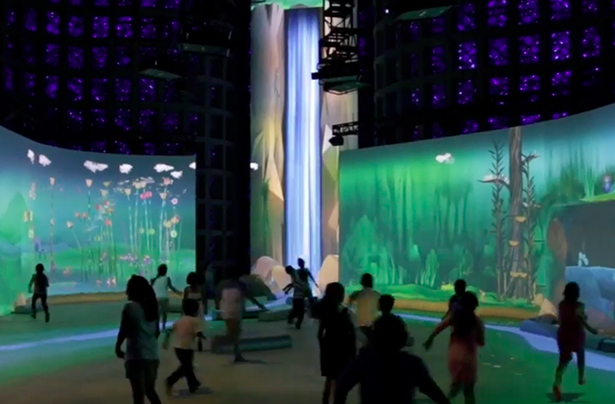
Funder:
U.S. National Science Foundation
Award Number:
1623091
New York Hall of Science, Harvard University
Dates:9/1/2016 – 12/31/2020
Past ProjectThis project is no longer active. To see a list of current TERC projects, please click here.
Share This Page:


